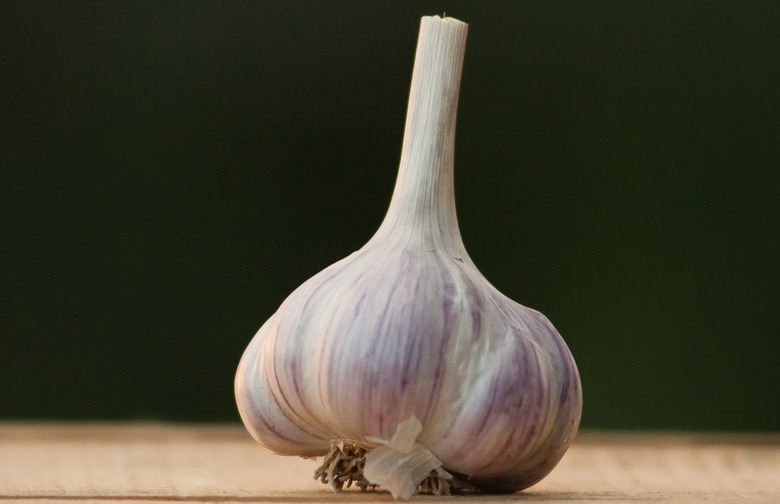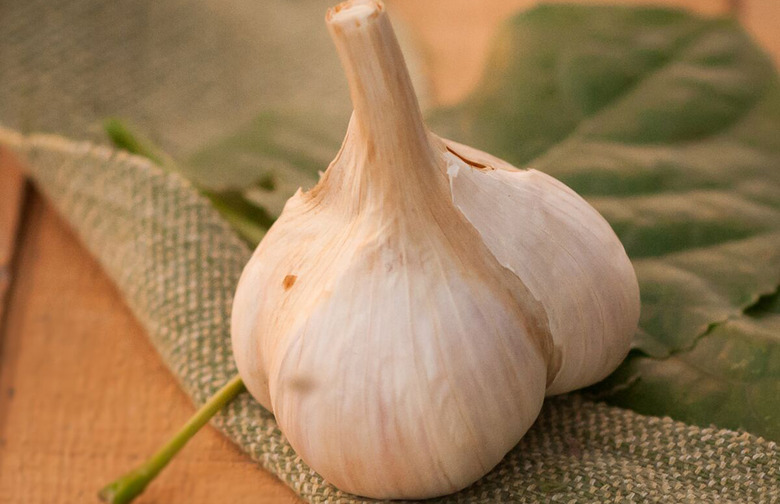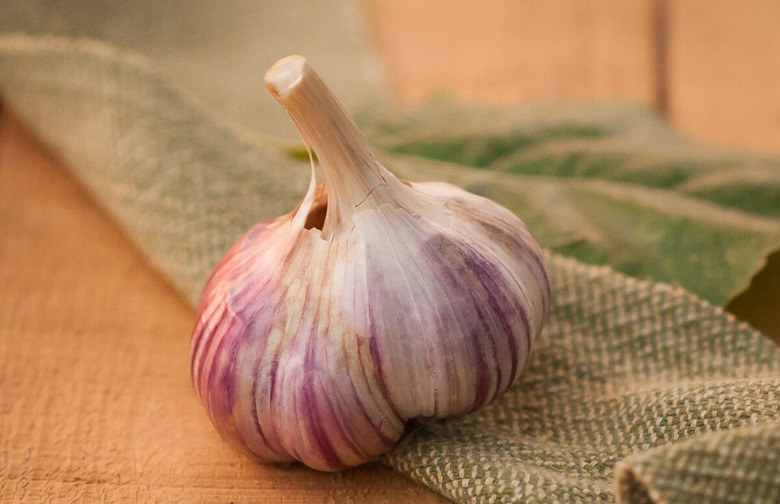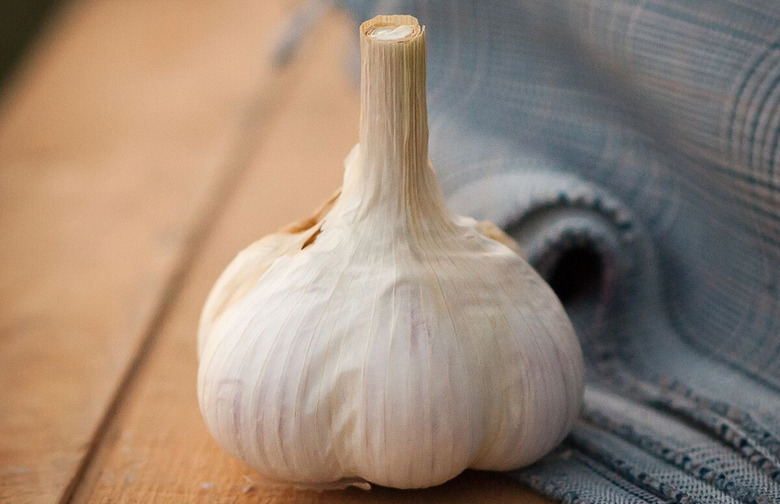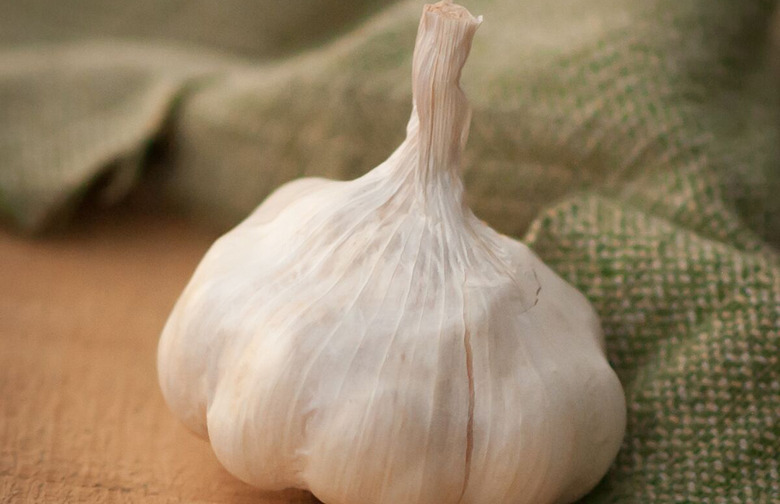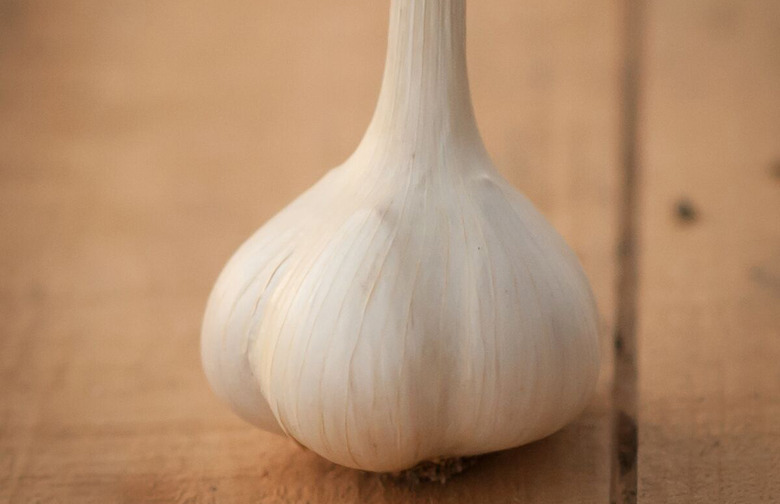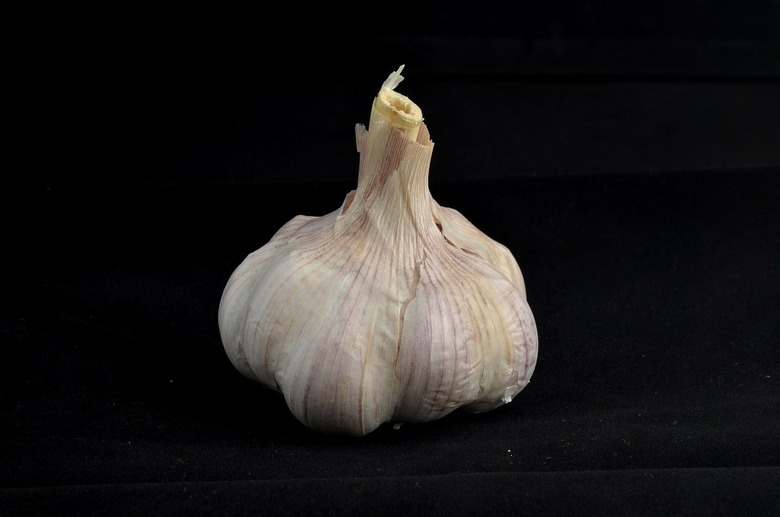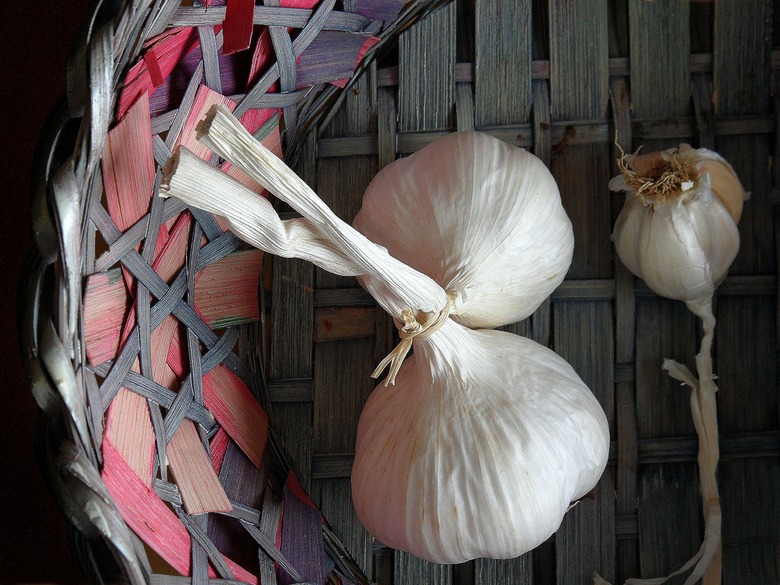Garlic's Hidden Variety Slideshow
A resilient cultivar even in hotter climates, Mild French was originally grown in Central Texas. With a climate-dependent flavor, Mild French has a generally bold garlic taste with greater heat intensity the further north it's grown.
Chesnok Red
Another widely popular cultivar from the Republic of Georgia, Chesnok Red garlic plants grow unusually large bulbs. Particularly well-suited to baking, Chesnok Red has a rich, sweet flavor with minimal heat.
Georgian Fire
Native to the Republic of Georgia (not to be confused with the home of the Atlanta Braves), Georgian Fire has a strong garlic flavor with a spicy kick that will liven up any dish.
German Giant
Beyond the large size that gave this garlic its name, German Giant has become popular for its strong, spicy flavor. Many believe it to be one of the best tasting garlics available.
German White
Also known as German Extra-Hardy, this variety is popular among farmers in the Northeastern US due to its strong resistance against colder temperatures. On the dining table, German White yields a strong, full flavor with medium heat.
Inchelium Red
This award-winning cultivar is one of the most popular types of garlic on the market that you won't readily find in a grocery store. Native to Washington State, Inchelium Red cloves have a strong garlic flavor but yield mild heat that won't overpower the consumer.
Siberian
This cultivar originally found its way to the U.S. via Alaskan fisherman trading with Siberian farmers. A purple streaked garlic, Siberian has a milder garlic flavor that performs well as a complementary spice that won't overwhelm other flavors.
Thermadrone
Hailing from France, where it's grown as a commercial garlic, Thermadrone was imported to the U.S. for commercial testing on American soil. It boasts a hearty garlic flavor with an unusual, Dijon-mustard-like hint that has made it popular in the U.S.
Music
A vigorous Italian cultivar, Music is one of the best performing garlics for farmers. Known to yield over 13,000 pounds of garlic per acre, this cultivar has a rich flavor with mild spiciness.

